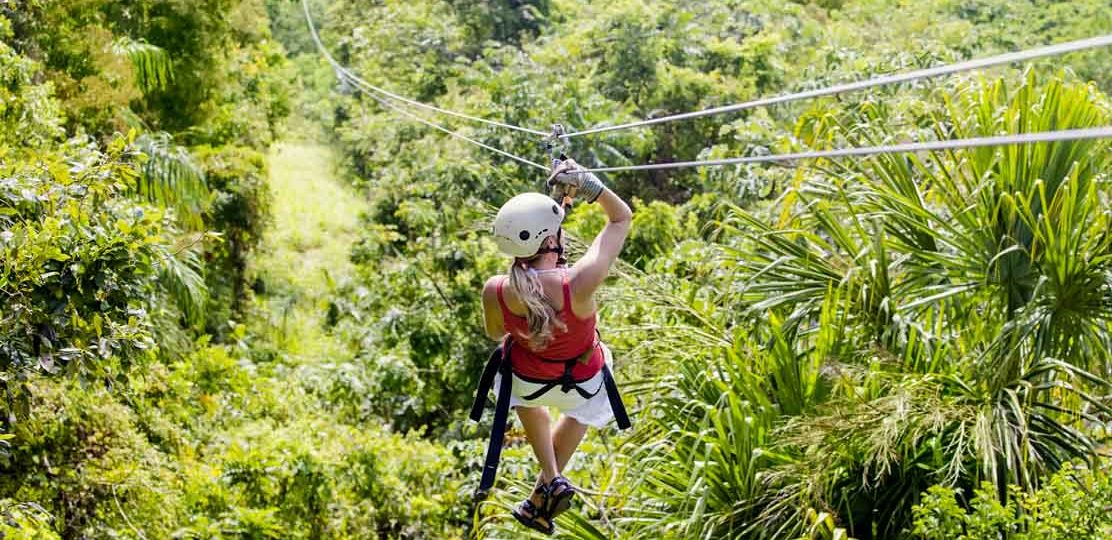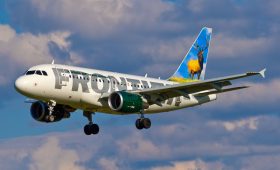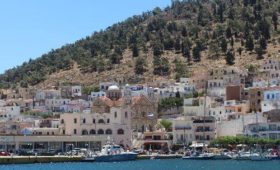Punta Cana, Dominican Republic travel locations to visit with taylanevrenler.com? Altos de Chavón is a replica of a 16th century Mediterranean village, located on a rocky outcrop above the Chavón River in La Romana, Dominican Republic. It was designed by Jose Antonio Caro, a Dominican architect, and Roberto Coppa, an Italian designer and cinematographer. Local artisans handcrafted every detail in this marvelous village. Altos de Chavón is one of the most popular attractions in the city, and it features facilities such as an archeological museum, a cultural center, and an amphitheater. It’s also home to the renowned Altos de Chavón School of Design, affiliated with the famous Parsons School of Design from New York.
The greenway is located on the Barceló Bávaro Palace hotel’s grounds but open to outside guests as well. Day rates include equipment rental and hotel access, and hotel guests can make their reservations up to 90 days in advance. As with other courses, tee times here vary for hotel guests and non-hotel guests. For hotel guests, costs range from $50 to $75, depending on the season; for those not staying at the hotel, the cost is between $75 and $155, dependent on season and time of day. Visit Barceló Bávaro’s website for more information.
Learning about the Dominican culture is one of the most important things to do in Punta Cana to better understand the customs and traditions of the country. While a lot of excursions are offering some chocolate tasting or a quick glimpse of local fruits, particular tours are focusing on the culture and the people of the Dominican Republic. Usually, you get to visit a local house in the countryside, attend the chocolate making and coffee grinding process, learn more about rum and cigars and – depending on the tour – visit a school, the local market or other crucial spots of the Dominican daily life. While this does not sound as much fun as speeding around with a dune buggy or hopping on a catamaran to Isla Saona, it gives you a much deeper insight into the important topics of the local Dominicans. When heading on such a countryside and culture tour, you will definitely return home with many insights other travelers in Punta Cana don’t have. Read more information at Top places to see in Punta Cana.
El Cortecito is another popular beach, and it’s also convenient as it abuts the Bávaro-Punta Cana downtown district of restaurants, grocery stores, gift shops and more. Travelers will find this small beach directly north of Playa Bávaro. Arena Gorda is the next beach, north of El Cortecito, and its wide sands and shallow waters make it a favored spot among families with young kids in tow. Others say it’s a wonderful place for a long walk. Keep in mind that much of the beach is backed by large resorts, but there is a public access point along the Ocean Blue & Sand service entrance.
The Indigenous Eyes Ecological Park and Reserve (Reserva Ecologica Ojos Indigenas) is a 1,500-acre area owned and operated by the Punta Cana Ecological Foundation. It consists of lowland subtropical forest with twelve freshwater lakes. The whole place is dedicated to conservation and scientific research as well as recreation. Historians discovered that the Taíno Indians, former inhabitants of the island, referred to the lakes as “eyes” (ojos in Spanish) because of their distinctive shape and formation. Numerous exhibits describe the cultural and natural history of the island to all its visitors. They can visit an iguana habitat, a sugarcane exhibit, or a petting zoo with many animals that are common in the Dominican Republic. Find even more info on http://www.taylanevrenler.com/.



